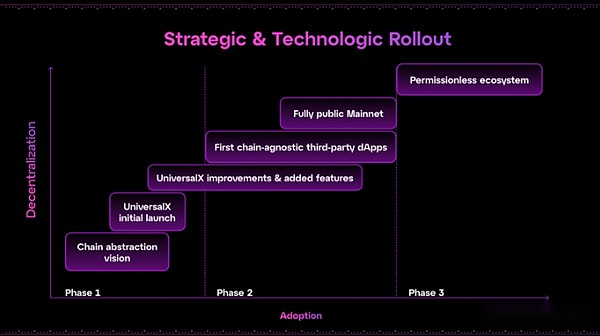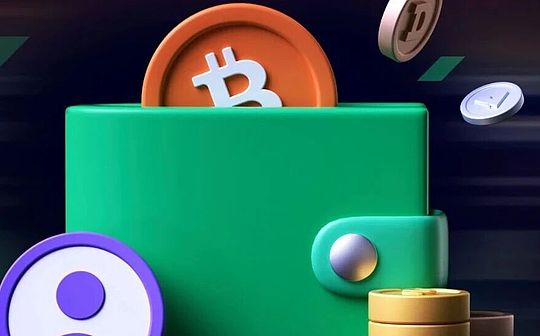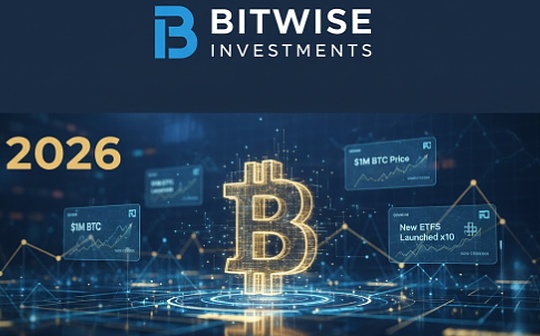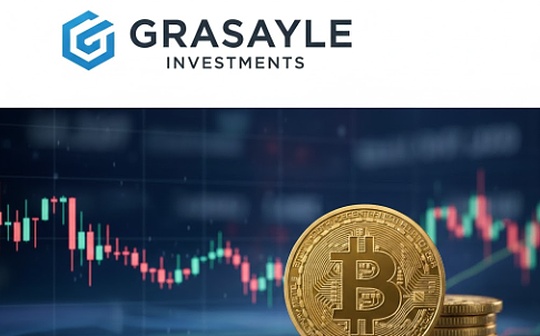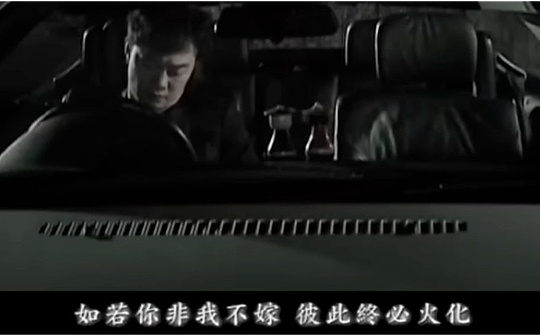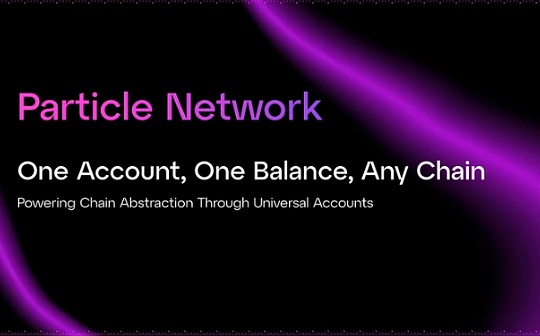
Source: Binance official website, Particle Network official website, white paper; compiled: Bitchain Vision
On March 24, 2025, according to Binance’s official announcement, Binance HODLer airdrop has now launched the 13th phase project Particle Network (PARTI).Binance will launch PARTI at 21:00 on March 25 (East Eighth Time), and open PARTI/USDT, PARTI/USDC, PARTI/BNB, PARTI/FDUSD and PARTI/TRY trading pairs.
1. Details of PARTI HODLer airdrop:
-
Token name: Particle Network (PARTI)
-
Total supply of Genesis tokens: 1,000,000,000 PARTI
-
Maximum supply of tokens: 1,000,000,000 PARTI
-
Total HODLer airdrop tokens: 30,000,000 PARTI (3% of the maximum token supply)
-
An additional 30,000,000 PARTI will be allocated to HODLer airdrops in batches 6 months after the spot listing; detailed rules will be announced separately.
-
Circulating supply at Binance on the time of listing: 233,000,000 PARTI (23.3% of the maximum supply of tokens)
-
Smart contract/network details: Binance Chain and Base (0x59264f02D301281f3393e1385c0aEFd446Eb0F00)
-
Coin fee: 0
-
Research report: Particle Network (PARTI) (the research report will be launched within 24 hours of the announcement)
-
BNB position hard top: average number of BNB positions for a single user / total average number of BNB positions *100% ≤ 4%, (if the position proportion is greater than 4%, the BNB position ratio will be calculated as 4%)
two,PARTI Project Introduction
Particle Network is a Layer-1 blockchain that supports chain abstraction, seamlessly unifying users and liquidity on Web3.At its core, it is a universal account that provides users with a single account and a unified balance across all chains.These accounts are coordinated and protected by Particle Network to ensure a frictionless experience throughout the Web3 ecosystem.
Particle will enable billions of users to join and interact with dApps on each chain seamlessly, becoming the basis for large-scale adoption and playing an integral role in unifying open networks.
Ultimately, the $PARTI token will power the economy of Particle Network and its underlying infrastructure.
Particle Network was launched in 2022, initially launched as a wallet abstraction service provider, enabling users to create wallets linked to their Web2 social accounts that can then be used natively in the interface embedded in the dApp.
Particle’s solution also covers the Bitcoin ecosystem with BTC Connect, which all major BTC layer 2 blockchains use BTC Connect.BTC Connect enables native BTC wallets to act as signers for Particle AA wallets on BTC L2.This allows users to sign and authorize transactions on smart accounts using only native Bitcoin wallets such as UniSat without relying on other products.
After more than 30 million wallet activations and over 7000 dApp integrations, Particle Network takes the next step in its development by launching Universal Accounts to support chain abstraction, taking Web3 to the next level in terms of user experience.
In addition, Particle also built the first chain-independent mainnet application using Universal Accounts: UniversalX.
three,PARTI Token Economics
Particle Network’s $PARTI token is at the heart of Particle Chain and its ecosystem economy.It aims to simplify the user experience by powering Universal Gas while promoting seamless settlement on Particle Chain as a switching mechanism for Universal Liquidity.As a PoS network, Particle Chain relies heavily on $PARTI and L1 nodes to build a security foundation for Particle Network and acts as the only governance token for the network.
The total supply of $PARTI is fixed at 1,000,000,000 tokens and a structured release schedule is developed to promote a deflationary economy and ensure long-term token scarcity.

Three major functions of PARTI tokens
-
Pledge and governance.$PARTI holders can participate in ecosystem voting within Particle Network to contribute to network development and determine their direction.This also achieves native decentralization at the governance level.
-
Universal Gas tokens.$PARTI is the native Gas token for Particle Network and the basic Gas token used by common accounts.All Gas fees paid by any on-chain user end up checking on $PARTI.
-
Universal liquidity tokens.$PARTI also serves as a settlement and intermediate token for liquidity providers (LPs) within Particle Network, participating in cross-chain atomic exchanges and earning transaction fees.
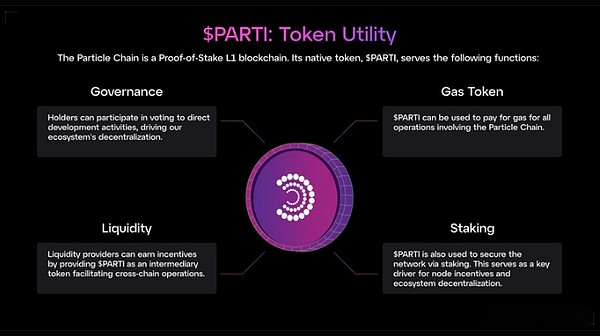
Four,PARTI Roadmap
A common account connects developers and users of all chains to create a boundless multi-chain ecosystem.
To promote the development of Web3 by adopting chain abstraction, Particle Network will also gradually develop and incubate high-quality applications.This process will be divided into three stages:
-
Licensing Ecosystem (Q1, 25): Currently, the Particle Network team is building core high-quality applications with a common account.UniversalX has been launched as the first chain-independent mainnet application, enabling on-chain transactions using a comprehensive balance from each chain.In the future, Particle will launch two other chain abstract applications covering basic use cases to continue fostering its ecosystem.
-
Collaborative Ecosystem (Q3, 25): At this stage, Particle Network will work with major ecosystem partners to leverage common accounts in existing and new applications in key verticals such as AI, trading and stablecoins.
-
Unlicensed Ecosystem (Q1, 26): At this stage, any ecosystem participant can integrate a common account without permission.Public chains will be able to deploy UA to their ecosystem to connect to Particle Network.Likewise, any application developer can integrate them into their dApps, allowing their users to enjoy the best experience on any application and public chain.
